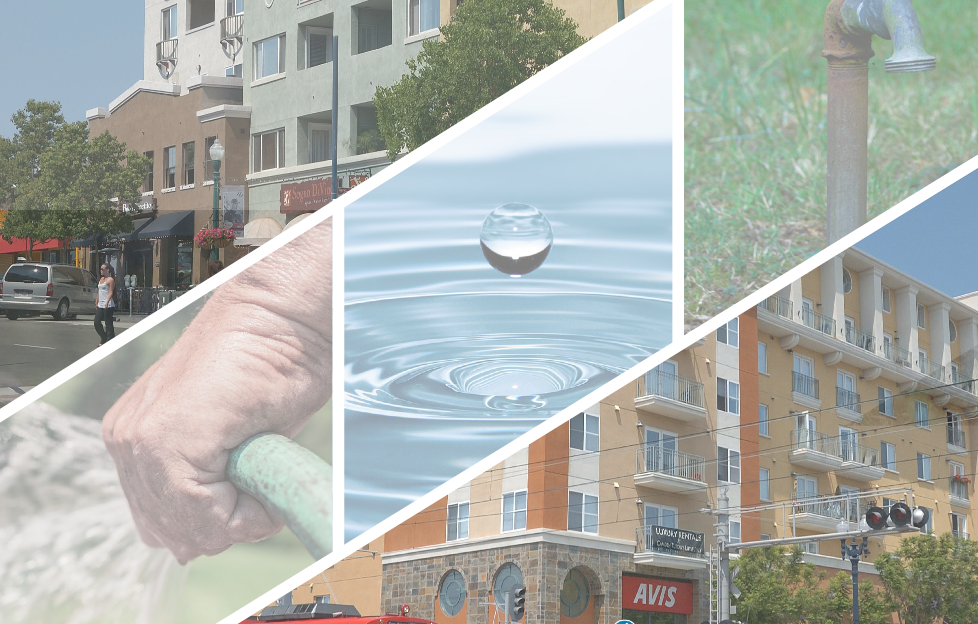Code Green Solutions


All over the country, cities are contemplating compact infill development projects. The green building industry, savvy developers, and sustainable land use professionals understand the well documented water efficient, transportation, housing affordability, and air quality benefits of compact infill development. The green building industry has been incorporating water conservation and water resource management features in buildings over the past ten years making huge strides especially in the state of California which has mandated water metering by 2025.
The green building industry must take the lead in pushing for smart meter use that allows buildings to measure the water efficiencies of infill in real time. The Californian green building industry’s progress in water conservation was recently cited in the March 2015 study, “Water Conservation and Water Resource Management in California’s Green Buildings.” The success of smart metering in providing customers with real time feedback on water use in San Francisco provides a model for other cities looking to become more water efficient. The rise of smart meters can play a major role in revealing the water conservation, water resource management, and water efficiency benefits of infill development to skeptics or skeptical neighbors.
Developers attempting to build compact infill are now facing rising opposition around water issues and could use a wider understanding about the water benefits of infill projects, to help find support to build infill projects. The opposition towards infill is misguided and counterproductive since infill has been found to lower water demand and costs while improving water supply and quality. As water continues to become a more contentious issue in cities around the country, land use professionals and developers need evidence, tools, incentives, and policies to promote compact infill as a low hanging land use solution.
Two weeks ago in the highly suburban, expensive, and drought vulnerable San Diego region, Circulate San Diego, a local non-profit sustainable mobility advocacy and research organization, released a report touting the water efficiency benefits of compact infill development. The report entitled, Infill Development: A Key Strategy for Water in San Diego, came in response to the pushback over water supply concerns for infill projects. The report presents evidence for those seeking to utilize compact infill development as a tool for cities to reduce water demand, cut costs, and improve supply while absorbing population growth.
The report touts compact infill development’s ability to reduce water demand, costs, and waste while improving return on investment for water providers. Infill efficiently capitalizes on interior locations with existing transmission mains using less pressure to service many short distribution pipes and a higher number of smaller lots with less landscaping. This increased efficiency can help spread “the capital costs over a larger customer base, lowering the cost of water service per customer.”
Circulate San Diego’s report goes on to describe how an infill development approach maintains water quality and supply. Infill development is able to preserve the quality and supply of water through conservation of natural land and by reducing the development of new impervious surfaces, which harm local water quality. Impervious surfaces prevent water from draining into the ground, which removes a vital source for replenishing potential groundwater reserves.
In the report’s conclusion or policy recommendations, it calls on local officials to link the water efficiencies of infill development to existing pro-infill development policies throughout the region in order to approve the implementation of compact infill development projects. The water resource benefits of infill laid out in this report could be made clearer for local officials if the green building industry presses for infill locations and takes the water efficiencies of infill into consideration when utilizing smart meters. Smart meters have the ability to give officials and developers a chance to address the locational concerns of water efficiency, and to address critics by revealing to what extend infill projects out-perform other forms of development.
Circulate San Diego’s full report is available online at; http://circulatesd.nationbuilder.com/waterinfill